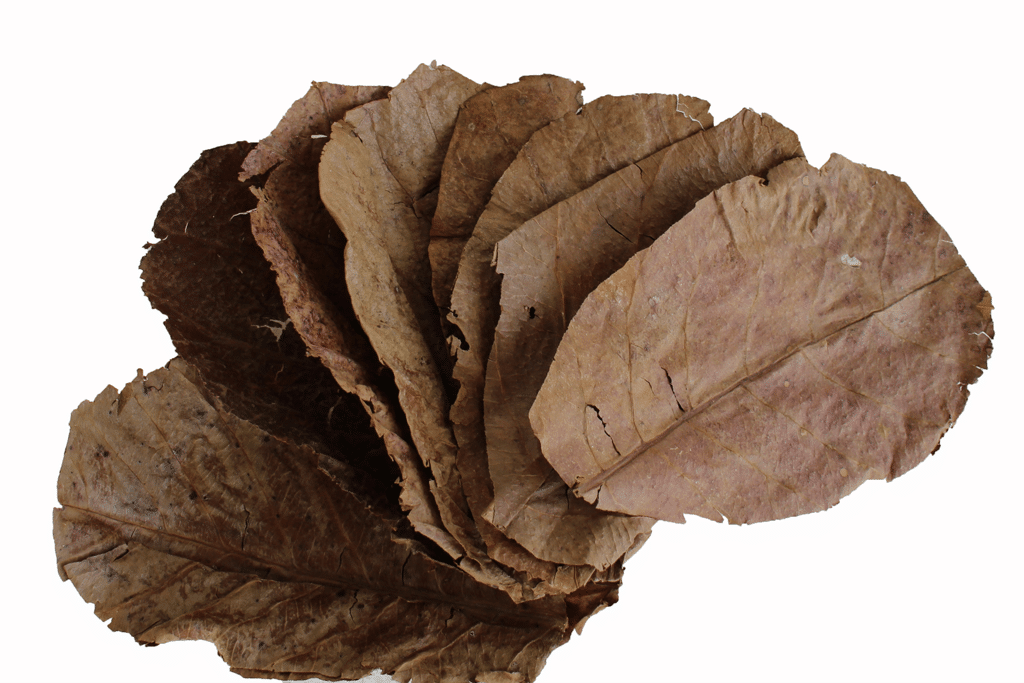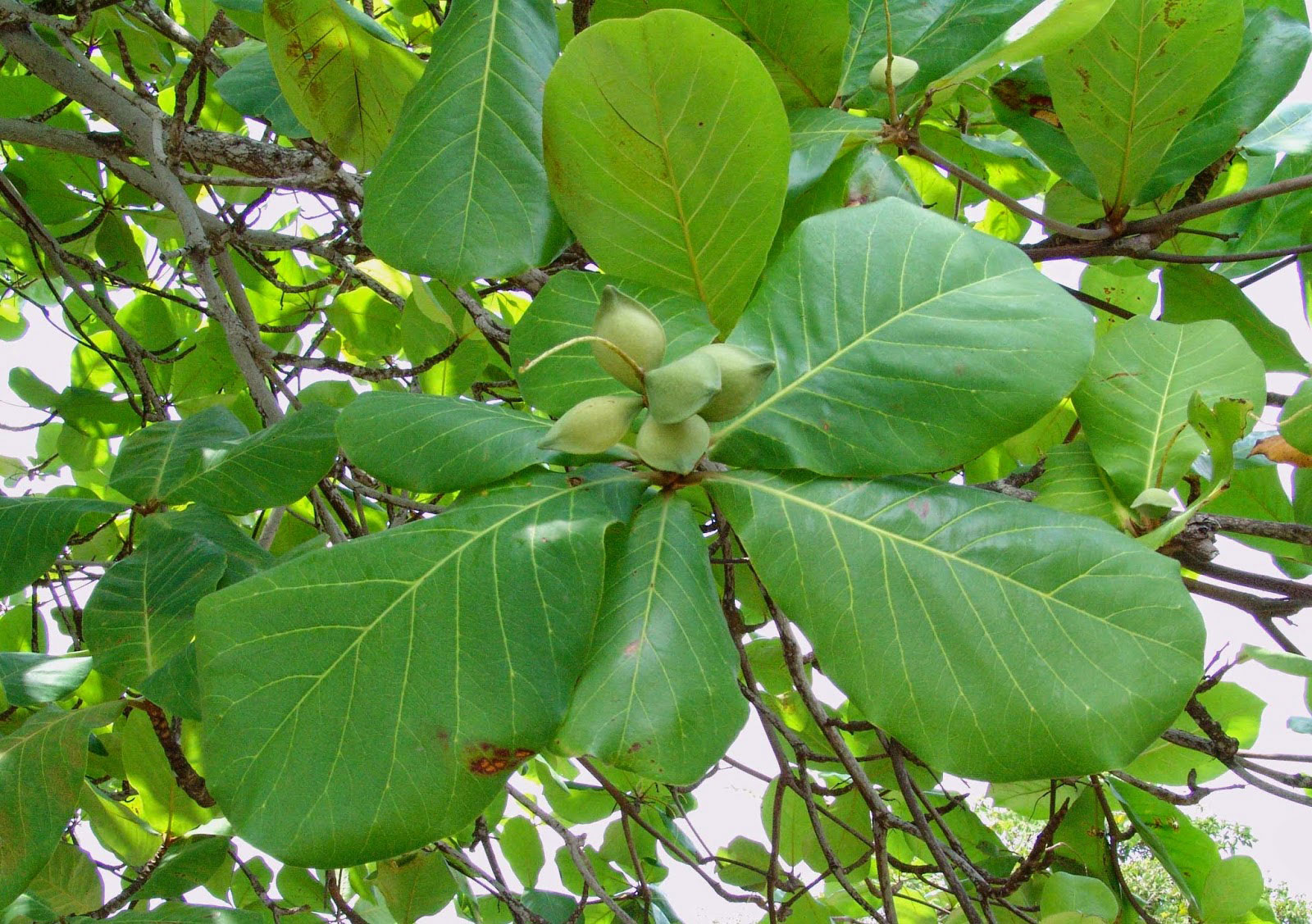Almond Leaves
If you're an aquarium hobbyist, you've probably heard of Indian almond leaves. But did you know that these leaves have numerous benefits for your aquatic pets and their environment? In this post, we'll explore the advantages of almond leaves and why you should consider adding them to your aquarium.
Pain Points Related to Almond Leaves
As an aquarium owner, you likely understand the importance of maintaining a healthy and balanced environment for your fish and other aquatic pets. However, it can be challenging to achieve and maintain optimal conditions. Common issues include low pH levels, bacterial infections, and fungal growth. These problems can harm or even kill your pets, and treating them can be costly and time-consuming.
Target of Almond Leaves
Indian almond leaves can help address these challenges by creating a natural and supportive environment in your aquarium. These leaves contain beneficial compounds that can improve water quality, support healing, and alleviate stress in your pets. By incorporating these leaves into your aquarium routine, you can create a healthier and more vibrant environment for your pets.
Summary of Benefits
Almond leaves can benefit your aquarium in numerous ways. They can reduce the risk of bacterial and fungal infections, support healing, enhance coloration, reduce stress levels, and improve water quality. Additionally, these leaves can provide an attractive and natural aesthetic to your tank.
How Almond Leaves Work and Personal Experience
When I first began using Indian almond leaves in my aquarium, I was skeptical about their effectiveness. However, over time, I noticed a significant improvement in my pets' overall health and well-being. The water quality improved, and I observed reduced stress levels and increased vibrancy in coloration. Almond leaves work by releasing organic compounds that are beneficial to aquarium life and can help maintain optimal pH levels, support the immune system, and reduce stress.
One thing to keep in mind is that almond leaves can also affect the pH of your aquarium. If you have sensitive species that require a more stable pH level, it's crucial to monitor this parameter closely.
Adding Almond Leaves to Your Aquarium
Adding almond leaves to your aquarium is straightforward. You can add them directly to the tank or use them in a filter bag. Start with a few leaves, depending on the size of your aquarium, and adjust as needed. The leaves will slowly release beneficial compounds over time, so it's best to replace them every few weeks or as needed.
Choosing High-Quality Almond Leaves
When choosing almond leaves, it's essential to select high-quality products from a reputable source. Avoid leaves that have been treated with pesticides or other chemicals, as these can harm your aquarium pets. Look for leaves that are fresh, intact, and unblemished.
Monitoring Your Aquarium
Always monitor your aquarium closely when introducing a new element, such as almond leaves. Observe your pets for any signs of stress or illness, and take action if needed. It's also crucial to maintain proper water quality parameters, such as temperature, pH, and ammonia levels.
Question and Answer Section
Q. Can almond leaves harm my fish?
A. When used correctly, almond leaves should not harm your fish. However, if your aquarium has sensitive species that require specific water parameters, you should monitor your tank closely and adjust as needed.
Q. How many almond leaves should I add to my aquarium?
A. The number of almond leaves you should add depends on the size of your aquarium and the number of pets you have. Generally, one or two leaves per ten gallons of water is a good starting point.
Q. Can almond leaves cure diseases in my aquarium?
A. While almond leaves can support healing and reduce the risk of bacterial and fungal infections, they are not a substitute for proper aquarium maintenance and disease treatment. If your pets show signs of illness or infection, seek veterinary advice.
Q. Do I need to remove almond leaves from my aquarium?
A. Almond leaves will gradually decompose in your aquarium over time, releasing beneficial compounds as they do so. However, if you prefer a tidier appearance, you can remove any leftover leaves as needed.
Conclusion of Almond Leaves
Indian almond leaves are a natural and effective way to support the health and well-being of your aquarium pets. By incorporating these leaves into your aquarium routine, you can create a more vibrant and natural environment for your pets to thrive in. Remember to select high-quality products, monitor your tank closely, and maintain proper water quality parameters. With proper care and maintenance, almond leaves can be an asset to any aquarium owner.
Gallery
The Hidden Benefits Of Almond Leaves - AquaLife® - Aquarium Life
Photo Credit by: bing.com / almond leaves hidden benefits tree
10 Reasons To Use Indian Almond Leaves In Your Aquarium

Photo Credit by: bing.com / catappa terminalia
Indian Almond Facts And Health Benefits

Photo Credit by: bing.com / almond almonds
Indian Almond Leaves | The Shrimp Farm
Photo Credit by: bing.com / almond leaves indian shrimp pack aquarium farm
Almond Tree | Almond Tree, Plant Leaves, Plants

Photo Credit by: bing.com / almonds
